It is vitally important to fix the issues of the basement of yours, whether you make use of it for storage or even not. Though a number of other living spaces in the home of yours may be at first more vital to help you, give attention to what the most effective type of basement floor is for your situation.
Cold Basement Floor Solutions

The concrete floor must remain its place serving the first goal of the house's structure, and put the overlay of it. Preparing ahead and creating choices which are good regarding your flooring can save you numerous headaches in the future. Attempt to avoid using probably the cheapest supplies and quickest ways of the flooring surfaces since they don't last long and need additional work as well as outlay to contend with later.
Basement Finishing – Warm Basement Flooring Installed in Summit, NJ – Cold Concrete Basement Floor

With regards to selecting a floor type for the basement of yours, your alternatives are relatively limited. They're easy to set up and could perk up a basement with inexpensive style options. You want to select flooring which looks fantastic, but also one that might handle the conditions in the basement of yours.
Apartment problems over a cold, damp basement and their solution
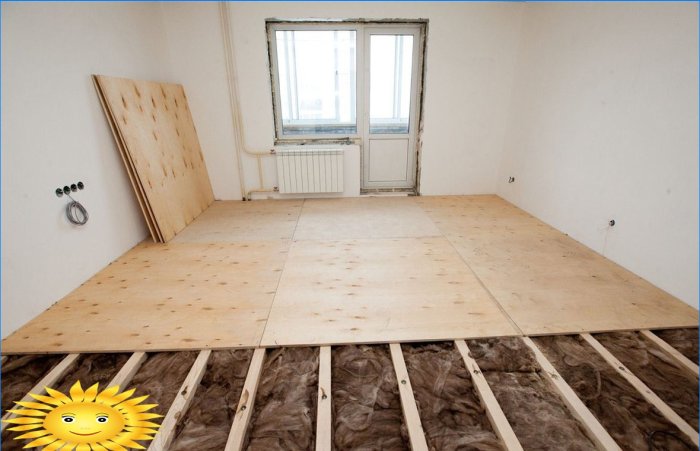
Cold Floors Over Basements? How To Create A Warmer Floor Over Your Basement

Tips to Help you Hurdle those Common Basement Finishing Obstacles

Modern Basement Ideas (from Floor to Ceiling) Finished Basements Plus

Pinterest: Discover and save creative ideas

Save Energy by Closing Heat Registers The Family Handyman
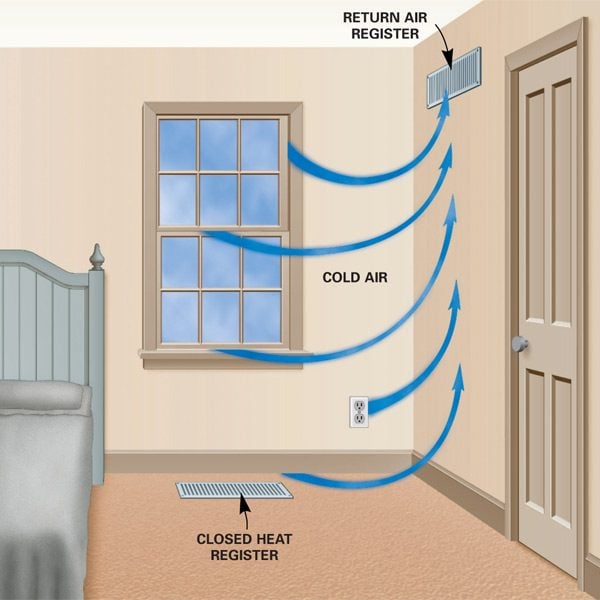
Dry Basement: What Is A Dry Basement System
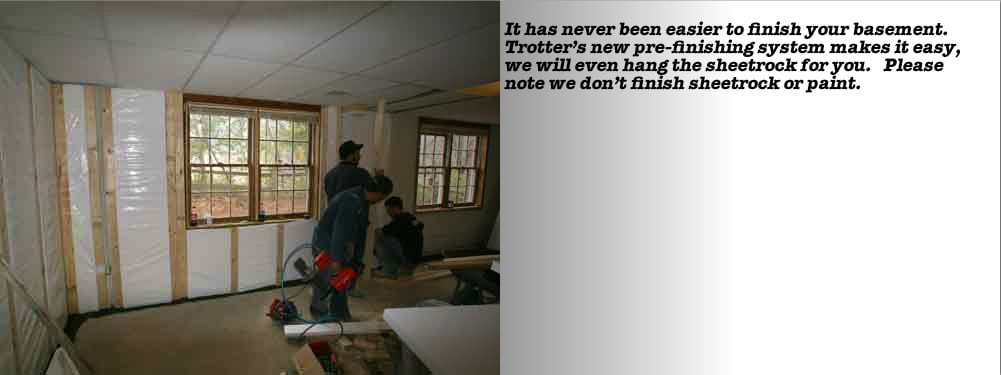
Basement Flooring & Subflooring Solutions Total Basement Finishing
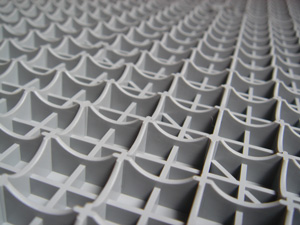
ThermalDry Basement Flooring Finishing Services Rochester NY
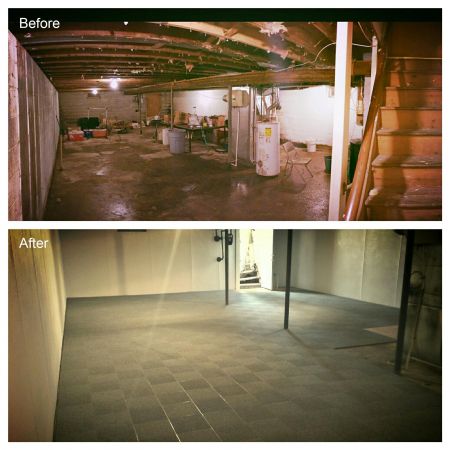
American Basement Solutions: Rust on Ducts, Pipes, & Beams in Crawlspace
ThermalDry® Tiled Basement Sub Floor Matting

Sump Pump/French Drain Installation in Worcester, MA
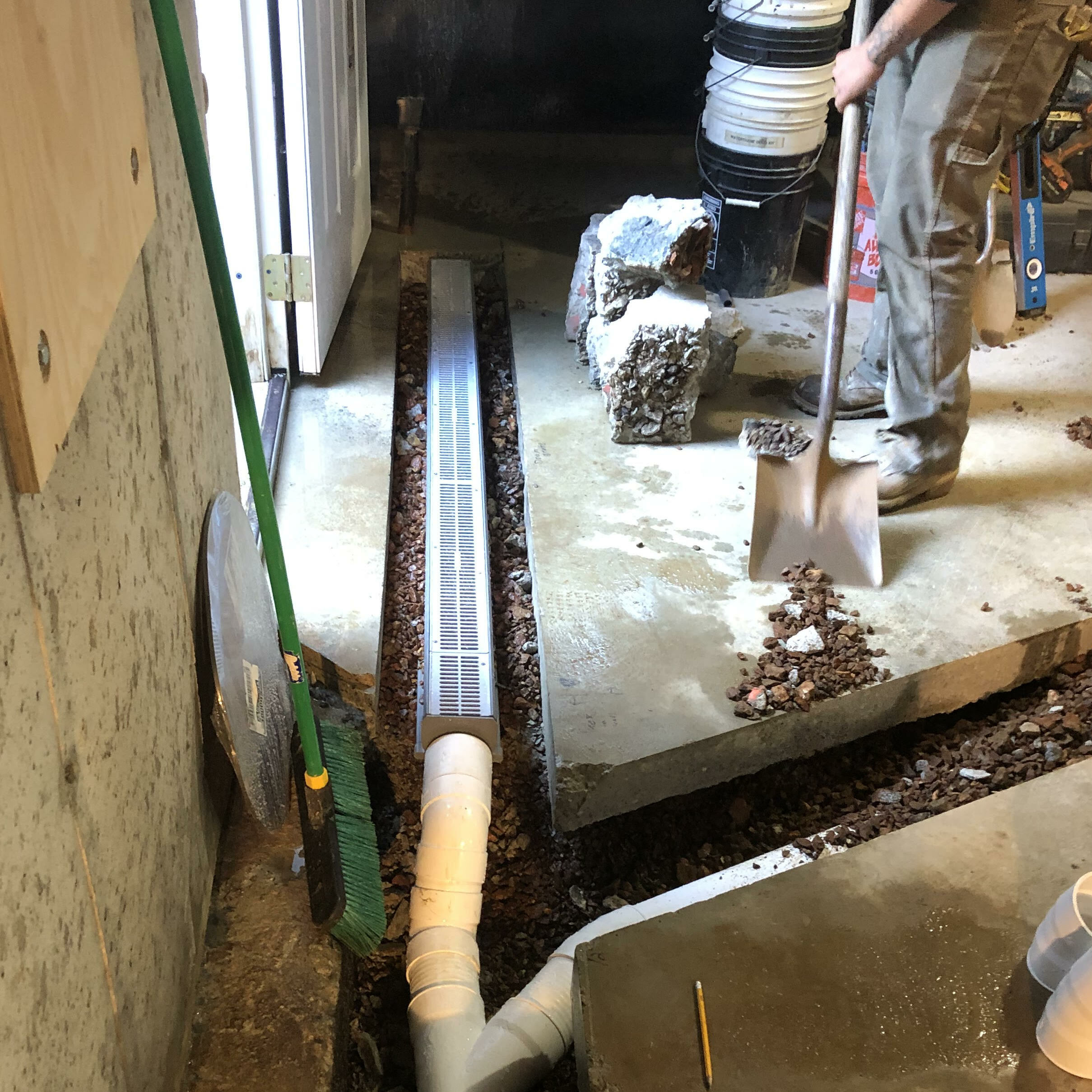
The existing basement slab is retrofitted by installing a dimple plastic drainage mat, rigid
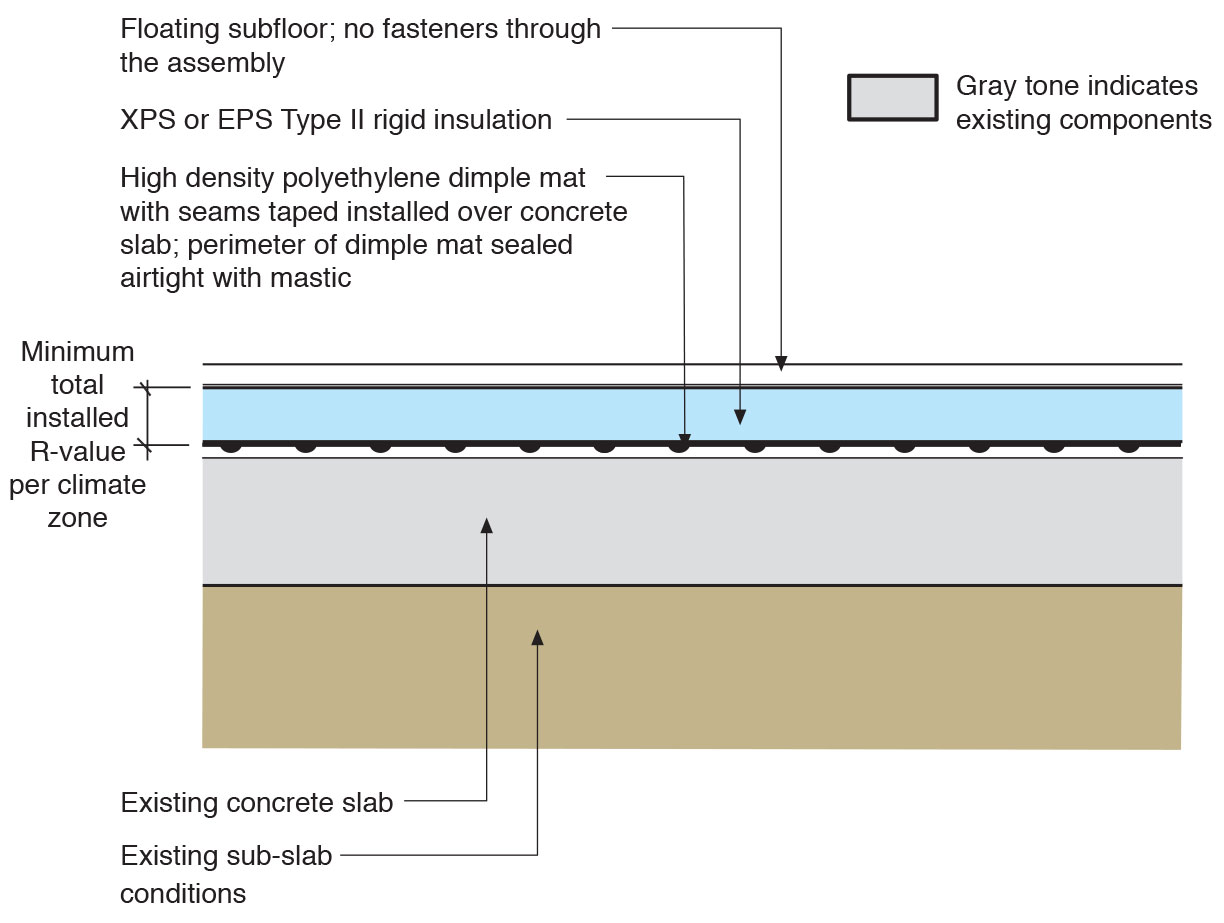
Related Posts:
- Fixing Cracks In Concrete Basement Floor
- Acid Wash Basement Floor
- Basement Floor Buckling
- Man Cave Basement Floor Plans
- Insulation In Basement Floor Joists
- Replacing Sewer Pipe Under Basement Floor Cost
- Good Basement Floor Paint
- What To Use For Basement Flooring
- Level Basement Floor Around Drain
- Basement Floor Wet After Rain